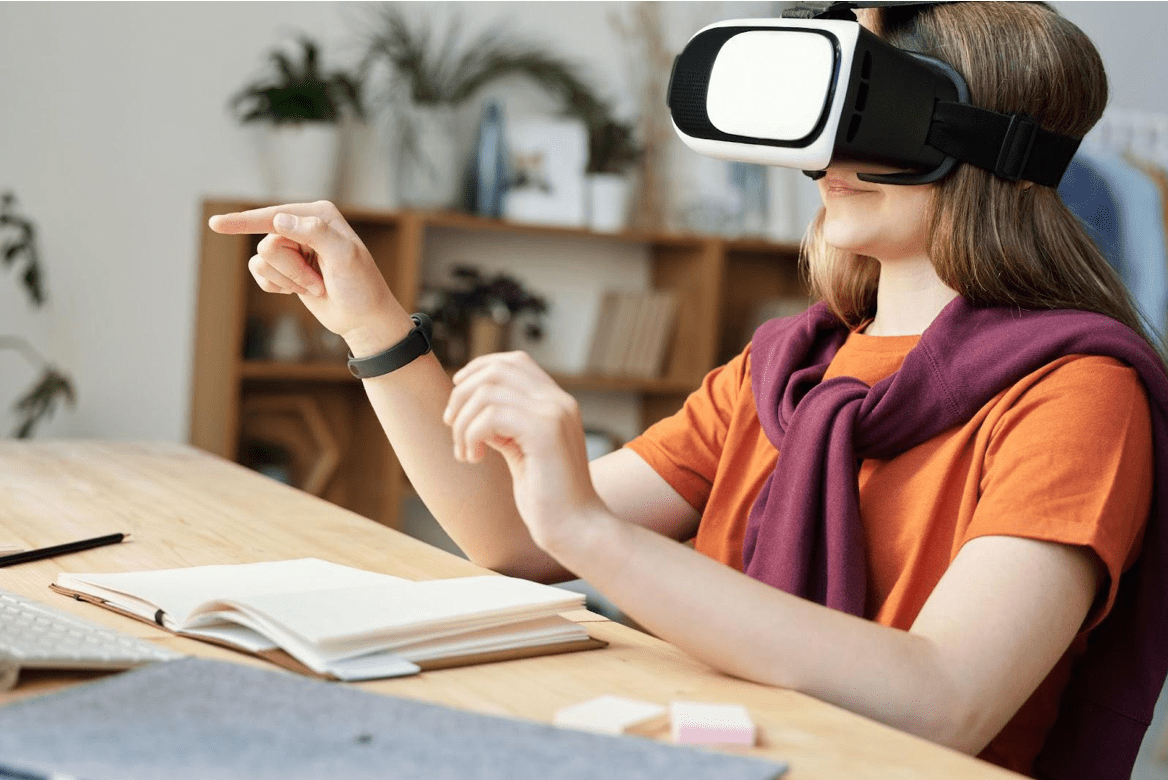VR further enhances immersion by allowing students to touch and feel virtual objects, making the experience even more realistic.
In science, VR offers unique opportunities for hands-on learning and experimentation. Complex scientific concepts that are difficult to visualize or understand in traditional classroom settings can be brought to life through virtual simulations. Students can explore the microscopic world, manipulate molecules, and witness chemical reactions in a safe and controlled environment. This interactive approach increases student engagement and deepens their understanding of scientific principles and phenomena.
Art and design education can also benefit significantly from VR technology. By creating virtual 3D environments, students can unleash their creativity and experiment with different artistic techniques and styles. They can sculpt virtual objects, paint in three dimensions, and even create virtual installations. VR allows artists to push the boundaries of traditional art forms and opens up new avenues for artistic expression.
The role of Alex Kipman in advancing virtual reality technology must be considered. As a Technical Fellow at Microsoft, Kipman has been instrumental in developing groundbreaking VR devices such as the HoloLens and the Kinect sensor. The HoloLens, in particular, has revolutionized mixed reality experiences by seamlessly blending virtual objects with the real world. This technology has applications in education and various industries, including healthcare, engineering, and entertainment.
Kipman’s vision and technical expertise have paved the way for the democratization of VR technology. He has focused on making VR more accessible and affordable, ensuring that people from diverse backgrounds can experience the immersive world of virtual reality. This inclusivity is crucial in education, as it allows students of all socioeconomic backgrounds to benefit from the transformative power of VR.
Educators must be trained to effectively use the technology and its applications to integrate VR into the classroom. They must understand how to create immersive experiences that align with curriculum objectives and enhance student learning. Professional development programs and workshops can help teachers develop the necessary skills and knowledge to leverage VR in their teaching practices effectively.
Schools must also invest in hardware and software infrastructure to support VR experiences. This includes VR headsets, motion controllers, and powerful computers capable of rendering high-quality virtual environments. Collaborations with technology companies like Microsoft can provide valuable resources and expertise in setting up VR labs and implementing VR curricula.
Implementing VR in education comes with its own set of challenges. Cost is significant, as VR equipment and software can be expensive. However, the cost barrier gradually decreases as technology advances and becomes more affordable. Additionally, technical issues such as hardware compatibility and software glitches may arise, requiring technical support and maintenance.
Despite these challenges, the benefits of incorporating VR into education are substantial. Research has shown that immersive learning experiences lead to increased student engagement, improved retention of information, and better critical thinking skills. Students are more likely to remember what they learn through hands-on experiences and interactive simulations than traditional classroom instruction.
Moreover, VR provides accessibility and inclusivity that is difficult to achieve through other means. Students with disabilities or those unable to participate in physical activities can still engage in virtual experiences and gain a deep understanding of the subject matter. Virtual environments can be customized to meet individual student needs, allowing personalized learning experiences catering to diverse learning styles and abilities.
In conclusion, virtual reality has the potential to revolutionize education by providing immersive and interactive learning experiences. Through VR, students can be transported to different times and places, engage in practical and experiential learning, and benefit from personalized instruction. Alex Kipman’s contributions to virtual reality technology have been instrumental in advancing the field and making it more accessible. By incorporating VR into the classroom, educators can enhance student engagement, deepen understanding, and prepare students for future challenges.

